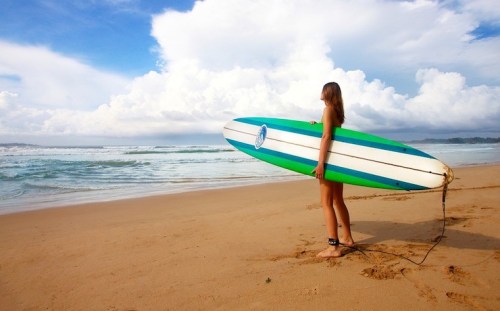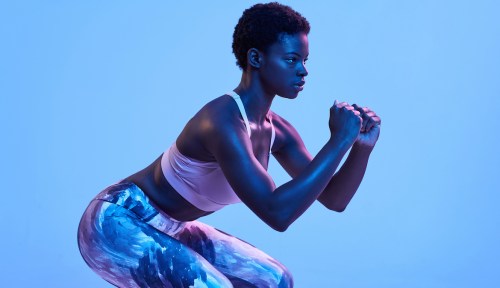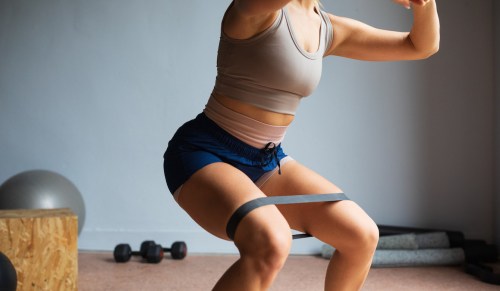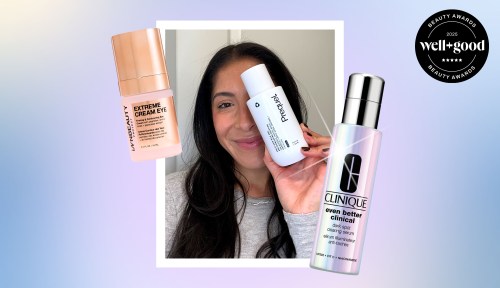Our editors independently select these products. Making a purchase through our links may earn Well+Good a commission
Some summer days it seems like everyone’s gone surfing, but taking those first steps on a board can be pretty darn daunting. Even if you’re pretty fit and active.
So, to squelch any newbie surfing fears, we tapped the expertise of aptly-named Andreea Waters—wave rider extraordinaire and co-founder of Lava Girl Surf, which is all about empowering women to hang ten with its off-the-water workshops and personalized surf sessions in Far Rockaway. Her five first-timer tips will help dispel your doubts, so you can get on the water and catch some waves this summer. —Irene Bruce
Keep reading for 5 things all first-time surfers need to know.
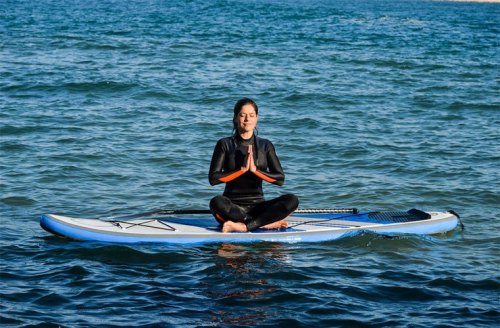
1. You’ll need a yogi’s basic sense of balance and the core strength of someone familiar with planks
Good news! If you’ve been going to yoga or working the Megaformer machine, you’re in shape for the surfboard. Surfing requires a good core for balance and strong arms for paddling, which explains why yogis tend to pick it up quickly.
As Waters says: “Everything comes from the core.” And while you don’t have to be an Olympic swimmer (the board can act as a flotation device), basic proficiency and being able to tread water are musts.
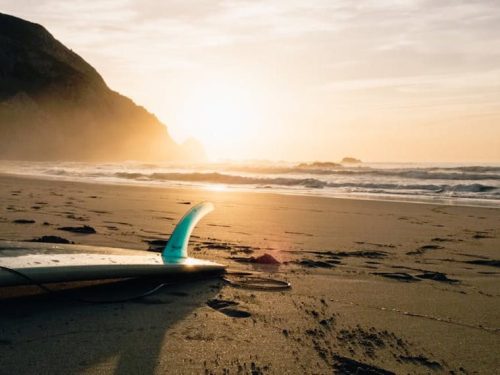
2. Board size matters
For a beginner, a longboard is key. The length provides balance, helping you feel more stable, whether you’re paddling, sitting, or standing, Waters says. Shorter boards are meant more for carving and turning on the waves and aren’t as stable, so they’re harder to use.

3. What you wear is actually important
You have permission to shop for something a bit more functional that what you’d wear to the pool: Surfers typically wear rash guards with bikinis or board shorts. Look for pieces that are surf-specific (i.e., won’t budge).
Water’s favorites are from Calavera, because “they stay on and have rocking fashion.” But she also recommends Roxy, Rip Curl, O’Neil, Body Glove, and local designers like Grindergirl Surfwear and Mi-Ola Surf.

4. You’ll learn to give the NY1 weatherman a run for his money
Before you head out, it’s crucial to know the weather situation and where and how the waves break. Understanding the surfing forecast is tricky, Waters admits, “but once you start surfing on your own you have to know how to read the data.”
She recommends using apps like SwellInfo, Surfline, and MagicSeaWeed, as well as cozying up to the locals, who can give tips on the surf break, currents, and any potential hazards. Better yet, take a lesson, and let the instructor advise you on where (and where not) to surf.

5. You have to fuel up
First of all, hydrate, hydrate, hydrate! It’s imperative that you drink water before you zip up your rash guard: You’re about to spend a large part of the day working out in the sun. (Pack sunscreen, too!)
For food, think healthy, but not too heavy—carbs like fruits, healthy cereal, or granola are ideal for energy. And eat at least an hour before you go out. After surfing, it’s equally important to rehydrate and refuel. Waters likes a protein smoothie or a piece of fruit with a handful of nuts.
If you aren’t lucky enough to live near the beach, these wellness retreats will give you an opportunity to put those surfing skills to good use—after you lather on a layer of non-toxic sunscreen of course.
Sign Up for Our Daily Newsletter
Get all the latest in wellness, trends, food, fitness, beauty, and more delivered right to your inbox.
Got it, you've been added to our email list.
